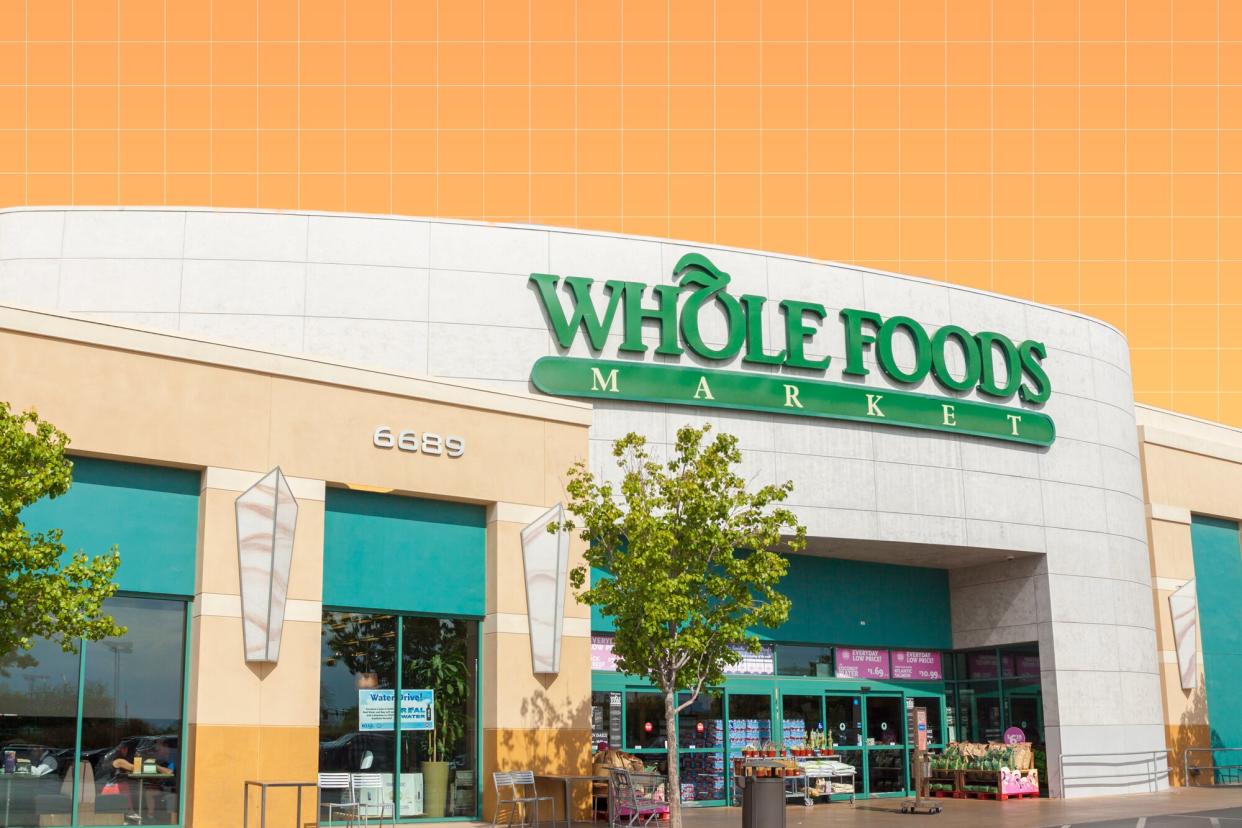I Just Learned Whole Foods Doesn't Make Their Hot or Cold Bar Food On Site—Here's What to Know

Getty Images
Since first opening its doors in Austin, Texas in 1980, Whole Foods Market, has continued its reign as a well-loved grocery chain, with over 500 storefronts nationwide. Among its many perks, Whole Foods, which was acquired in 2015 by retail giant, Amazon, is well-known for its expansive hot- and cold-bar offerings and its convenient pre-packaged meals.
Related: Confession: I Cannot Shop At Trader Joe's—Here's Why
From their well-seasoned roasted vegetables to their spicy salmon sushi rolls and salad bar, there are some seriously delicious options that make for a convenient lunch or easy grab-and-go dinner on those nights where cooking from scratch just isn't going to happen. However, what might come as a surprise is the fact that they don't actually make that ready-to-eat food on-site themselves—at least not since 2017 when they partially closed their large-scale in-store kitchens that year.
The decision to do so and to begin outsourcing their food came after facing several food safety issues. Whole Foods, at the time, was also competing with other large grocery stores, which were able to offer higher-quality organic ingredients at a lower price point. Because of this, they were forced to look for ways to cut costs while simultaneously addressing the food safety concerns.
They closed three of their largest kitchens, including one in Everett, Massachusetts, that produced prepared foods for 74 Whole Foods stores across the Northeast, and began producing their food elsewhere. It's unclear where these third-party food-production facilities are located, but once the food has been prepared, it gets delivered to Whole Foods where it's then reheated and served.
You might be wondering: how does this affect the quality of the food?
By using a third-party facility, they have been able to expand their in-store offerings, including (but not limited to) more baked goods, bigger pizza bars, sushi stations and more. The switch has also allowed them to provide customers with consistently high-quality food made with fresh ingredients, and without any preservatives or added flavors. Additionally, if food is being produced in a well-regulated and inspected facility, chances of cross-contamination and other food safety related issues decrease, improving the overall quality of the food.
While this process has seemingly worked well, looking ahead Whole Foods is considering opening its own off-site kitchens. This would help meet the growing demand for their meals, and would also open up space for them to further expand their existing prepared meal sections. According to sources, Whole Foods is discussing different options, such as either opening their own brand-new kitchens or purchasing existing kitchens. Both options would allow them to have more oversight of the quality of the ingredients that are being used going forward.
As a frequent customer at Whole Foods, and more importantly, their hot bar, I'm looking forward to seeing how they expand their food selection as they explore re-opening their own kitchens. If there's one thing we know for certain, it's that no matter what they do, they'll continue to provide us with an array of delicious, healthy and convenient meal options.

